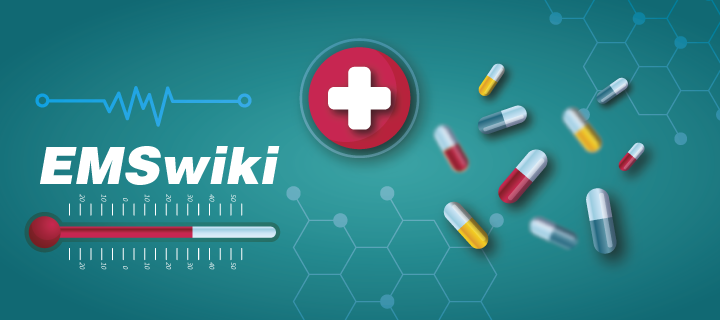
The defibrillator: a lifesaver in case of cardiac arrest
Understanding the Functioning and Importance of Defibrillators in Managing Cardiac Emergencies
What are Defibrillators
Defibrillators are life-saving devices in the treatment of cardiac emergencies, providing an electrical shock to the heart to correct dangerous heart rhythms or cardiac arrests. These devices are particularly important in treating ventricular fibrillation and pulseless ventricular tachycardia, two forms of arrhythmia that occur in the lower chambers of the heart. When the heart stops or beats irregularly due to these arrhythmias, a defibrillator can be the key to restarting or correcting the heartbeat.
Types of Defibrillators and Their Use
There are various types of defibrillators, each suited for different situations. Automated External Defibrillators (AEDs) are commonly found in public places and are designed to be used even by individuals without medical training. Implantable Cardioverter Defibrillators (ICDs) are small devices that are surgically inserted into the chest and are programmable to detect and treat cardiac arrests or dangerous arrhythmias. Some ICDs also function as pacemakers, sending low-energy electrical impulses to help the heart maintain a normal rhythm. Wearable Cardioverter Defibrillators (WCDs) are devices similar to a vest, worn under clothing, that detect and treat dangerous arrhythmias by delivering a high-energy electrical shock to restore a normal heart rhythm.
How Defibrillators Work
Defibrillators detect dangerous heart rhythms or cardiac arrests and deliver an electrical charge to attempt to restore a normal heartbeat. AEDs are lightweight, portable devices that monitor the heart rhythm and can deliver a shock to restore normal rhythm. Adhesive patches with sensors, called electrodes, are applied to the chest of the person in cardiac arrest. The electrodes send information about the heart rhythm to a computer in the AED, which analyzes the rhythm to determine if an electrical shock is needed. If necessary, the electrodes deliver one or more shocks.
Living with and Maintaining a Defibrillator
Living with a defibrillator, whether it’s an ICD or a WCD, requires time and effort to adapt to. It’s important to learn how to manage common complications and minimize disruptions to daily activities. Defibrillators have batteries that power the device, allowing it to monitor the heart rate and deliver electrical impulses or shocks to treat the heart. Regular maintenance is crucial to ensure they are ready for emergencies.


